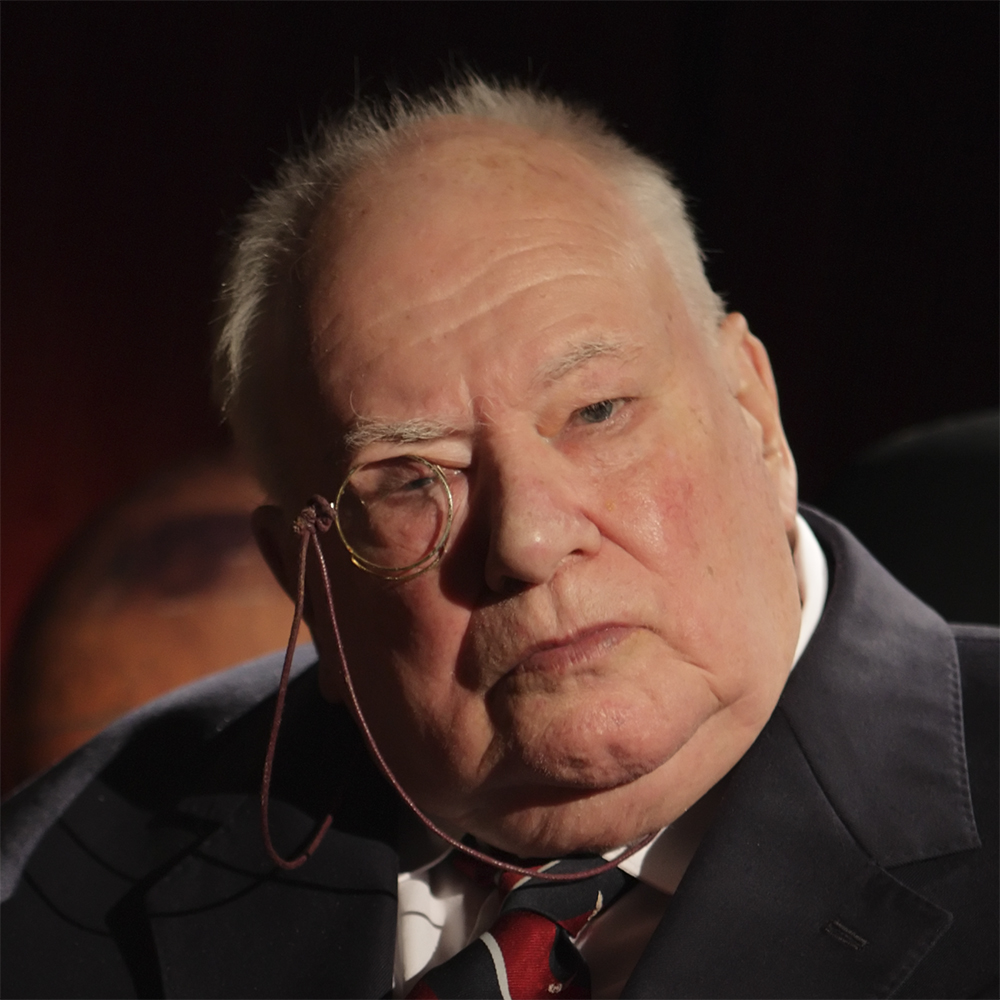The Moon’s an ideal object to observe in the sky either with the naked eye or with a telescope because it is big, bright and covered with amazing detail.
Roughly one-quarter the size of the Earth, the same side of the Moon is always facing Earth because tidal forces in the Earth-Moon system synchronise its rotation to match its orbital period.
The Moon often appears near to another object in the sky - an event known as a conjunction - and so it can be used as a bright marker enabling you to star-hop to a target that's smaller and fainter, yet equally as amazing.
At any one time, half the Moon’s globe is lit by the Sun. Throughout the course of an orbit we get to see different amounts of the lit hemisphere, giving rise to the phases of the Moon.
More Moon observing
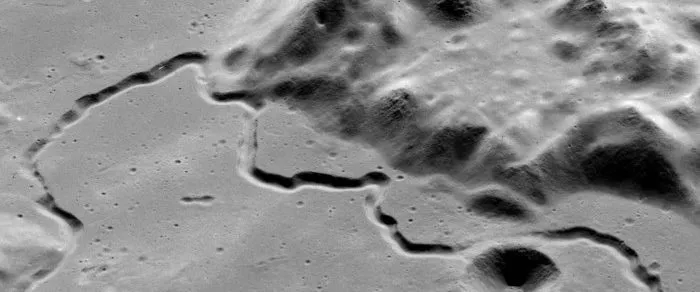
Lined up with the Sun, the Moon’s lit half points away from us, producing what’s known as a new Moon. Slowly emerging from its new phase into the evening sky, the lunar crescent thickens from one day to the next.
The term ‘waxing’ is used to indicate this thickening phase.The waxing crescent leads into the first quarter Moon, appearing as an illuminated semi-circle, roughly a week after new.
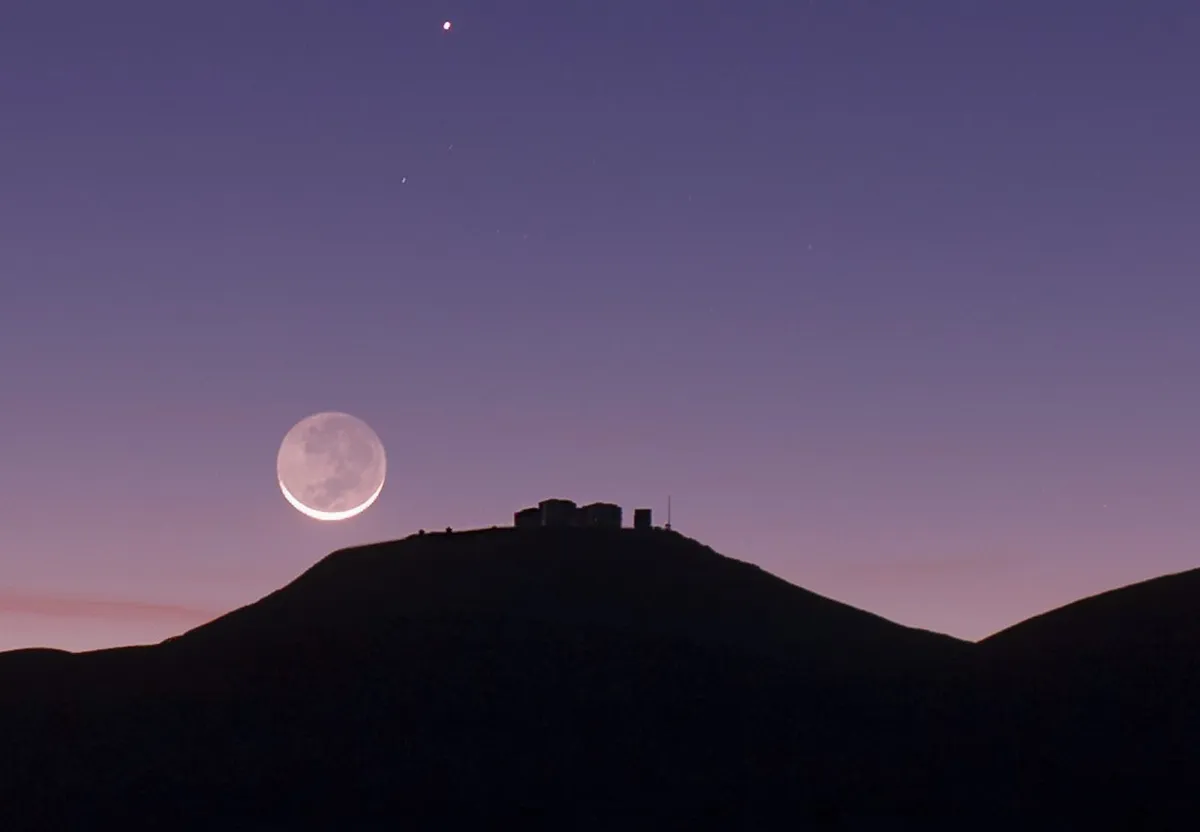
Best time to observe the Moon
The best time to observe the Moon depends upon the particular interests of the observer. You might think that the best time to observe the Moon is when there is a supermoon when the Moon is full (or in order to take advantage of the oft-celebrated blue Moon).
In general, however, full Moon is the worst time for observing. This is because there are almost no shadows and all features are drowned by the rays.
During this phase of the Moon, a crater is hard to identify unless it has a dark floor (as is the case for Plato Crater – one of the Moon’s most conspicuous craters) or if it is very bright (as with Aristarchus Crater).
Conditions for observing tend to be best during the crescent, half or gibbous phases. For the Earthshine, of course, a crescent stage is absolutely essential.
Find out when the next full Moon is visible.
For weekly Moon phases delivered directly to your email inbox, sign up to the BBC Sky at Night Magazine newsletter.
Best Moon phases to observe
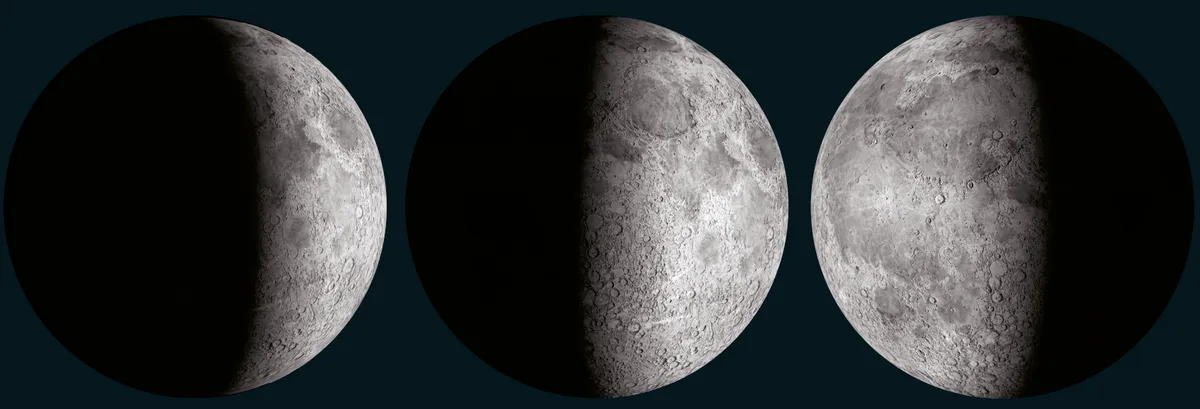
Crescent Moon
- Terminator just past the Theophilus chain
- Day 6 after new
- Mare Serenitatis is on view, as well as Mare Tranquillitatis. Look for the great chain of Theophilus, Cyrillus and Catharina.
Gibbous Moon
- Terminator past the Ptolemaeus chain
- Day 8 after new
- The Apennines are coming into view, with part of Mare Imbrium. Look for Plato, the trio of Archimedes, Aristillus and Autolycus, and the Alps.
Waning Moon
- Terminator near Plato
- Day 21 after new
- The western side of the Moon is prominent, as is Plato and the ray-crater Copernicus. Look out for Aristarchus, the Moon’s most brilliant crater, and Grimaldi, which has the darkest floor.

Observe the Moon through a telescope - top tips

A small, modest telescope will do
One can now obtain small telescopes at low cost that will give satisfying views of the Moon – something that could not have been said a few years ago.
For specialised investigations, I would say that an aperture of 4 inches (10cm) for a refractor or 6 inches (15cm) for a Newtonian reflector is about the minimum requirement, and this does depend upon the quality of the optics.
Use telescope filters
Telescope filters are widely used and for some types of observations they are invaluable. But as far as the Moon is concerned I have decidedly mixed feelings about them, because I always feel that they result in a slight loss of definition.
However, if you want to see a full or near-full Moon under a reasonably low power a filter will generally be an advantage, as it will cut down the light and prevent hopeless dazzle.Otherwise, I prefer to use higher magnification.
Don't use too high magnification
Generally, a power of about x50 per inch of aperture is the maximum, but if the image is even slightly blurred it is wise to change at once to a lower magnification.
The highest power eyepiece you have for your telescope will probably have to be reserved for nights when conditions are really excellent – and in Britain these nights do not happen too often.
Take advantage of misty nights
A night that is slightly misty may be good for the lunar observer, though of course it is of no use for deep-sky objects such as nebulae.Slight mist will often produce steadiness, and this is probably the main requirement for anyone observing the Moon.
However, any appreciable thickness of cloud will be fatal.Do not try to carry on when conditions are poor, as errors will undoubtedly creep in.
Don't stop down your telescope
Stopping down is something I never do.I know that Percival Lowell stopped down his 24-inch refractor to a mere 18 inches, and I have heard claims that in our climate no telescope of aperture over about 12 inches is suitable, but I disagree.
If you find that conditions are not good enough for you to use your telescope at full aperture, then give up until conditions improve.
Take a photo of the Moon
Good photographs can be taken with equipment that is not too expensive: webcams are affordable for most.Electronics have largely taken over from photography and amateurs can match the best results obtainable from professional observatories only a few decades ago.
If you want to use this sort of equipment, it is wise to save up and buy something worthwhile. After all, it may well last you a lifetime. For more on this, read our guide on how to photograph the Moon or our beginner's guide to astrophotography.
Observe the Moon high in the sky
In general, the greater the altitude of the target object, the better the conditions will be, with less tremor and blurring.This applies to the Moon, but during the slender crescent phase there is no alternative, and all one can do is wait for the best compromise between altitude and sky brightness.
Even when the sky is light, soon after sunset or before sunrise, conditions can often be tolerable.
Observe regularly
If you have been making a drawing of a lunar feature, do not wait for too long between checking at the telescope, as the shadows can cause marked changes in aspect over a short period.
Add the following data to an observation: date, time (GMT, never Summer Time), equipment used, and seeing conditions, usually on the Antoniadi scale.
Never send away an original observation.
Sooner or later something you really need will go astray in the post. Keep your observation log and send away copies. Collaborate with other observers and join a society: the British Astronomical Association has a history and reputation second to none, but many local associations now have flourishing lunar sections.
The isolated observer will not accomplish much.
You might also like to observe the regions where human beings have walked on the lunar surface. If so, read our guide on how to see all the Apollo landing sites on the Moon.
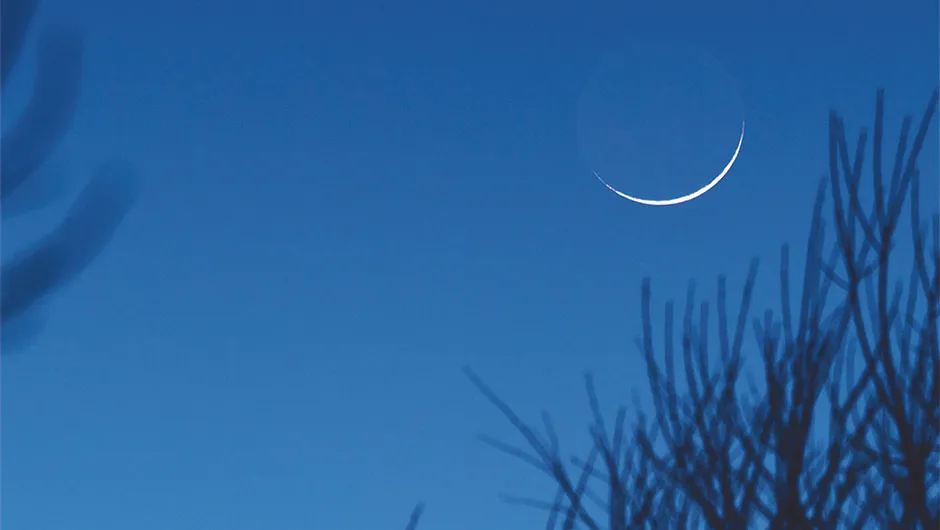
Understanding the phases of the Moon
First quarter refers to the fact that the Moon has completed one-quarter of its orbit. The bulging phases after first quarter are known as waxing gibbous.
These increase in size until roughly two weeks after new, the Moon is on the opposite side of its orbit from the Sun and appears fully lit as a full Moon.
After this the phases reverse, and the illuminated part of the Moon begins to shrink or wane.
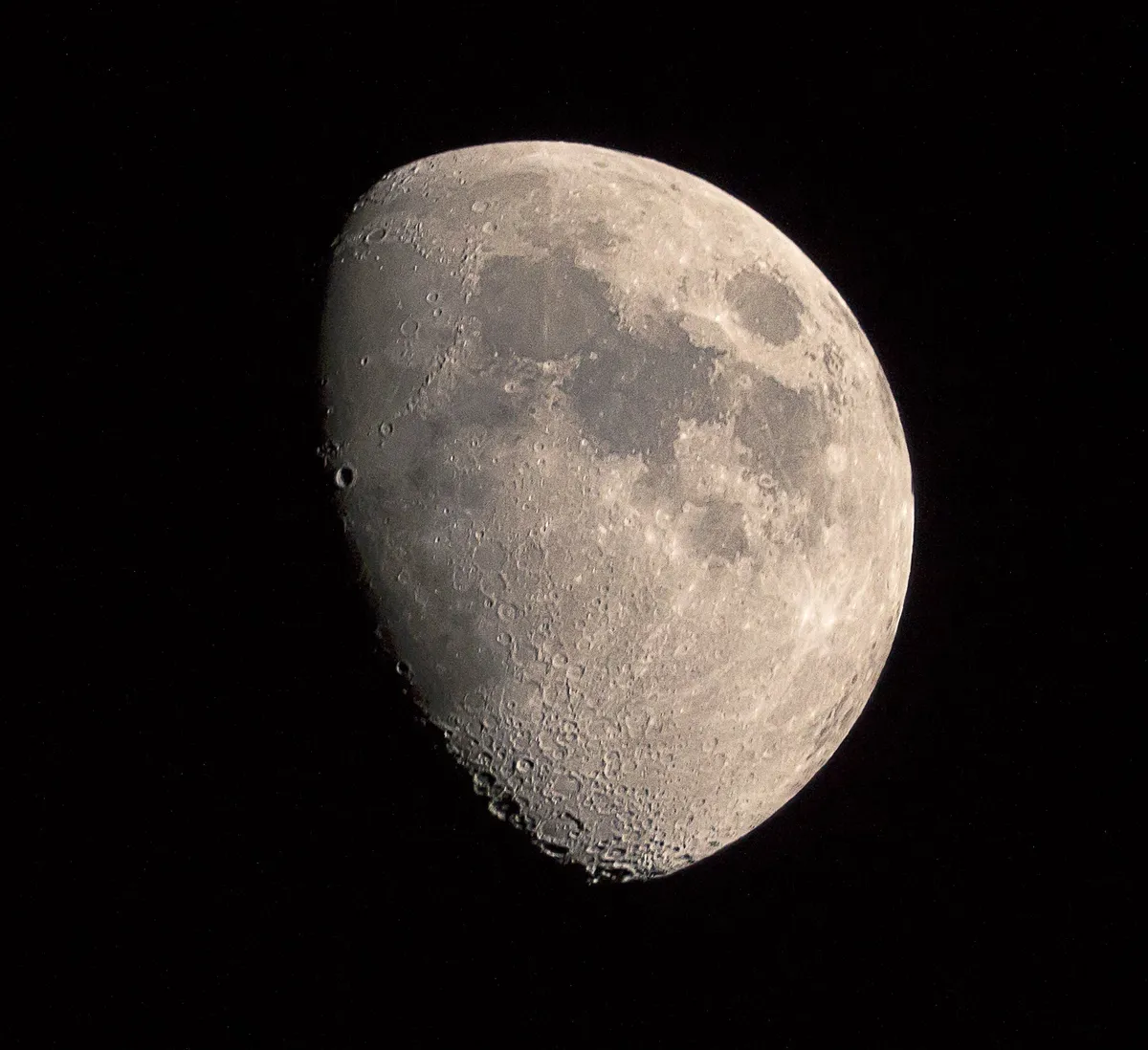
After passing through the waning gibbous phases, the Moon reaches the three-quarter point of its orbit, giving rise to the last quarterphase.
The Moon takes the appearance of a semi-circle once again, although it’s the opposite half that is illuminated than that at first quarter.
After this, it takes approximately a week for the Moon to go through its waning crescent phases, visible in the early morning sky, before it once again becomes a new Moon and the whole cycle starts again.
For more on this, read our guide to the phases of the Moon.
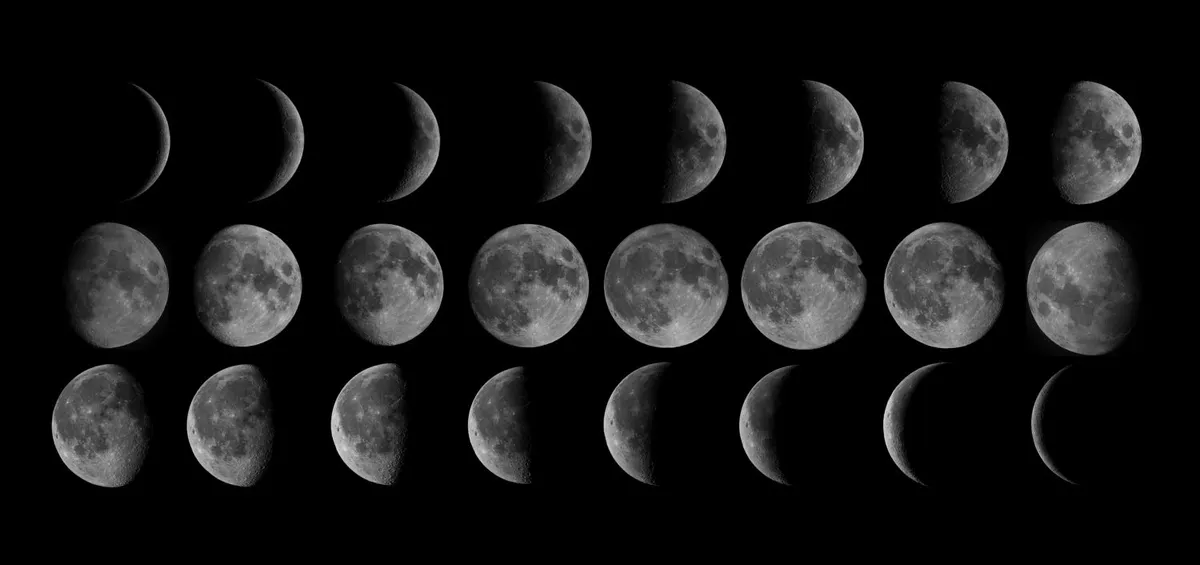
The Moon's terminator
The dividing line between the lit and dark portions of the Moon’s surface is called the terminator.If you stood in the lit portion close to the terminator, the Sun would appear low and you’d be casting a dramatic shadow behind you.
As you travelled further into the lit portion, away from the terminator, the Sun would climb higher and your shadow would shorten.
The same effect occurs with the physical features on the lunar surface. Those which lie close to the terminator cast dramatic shadows which exaggerate their presence. This produces beautiful shapes and shadows known as clair-obscur effects.
Those further from the terminator show hardly any shadows and are harder to make out.
So ironically, the worst time to observe the Moon is when it’s full because then, hardly any feature shadows are visible.
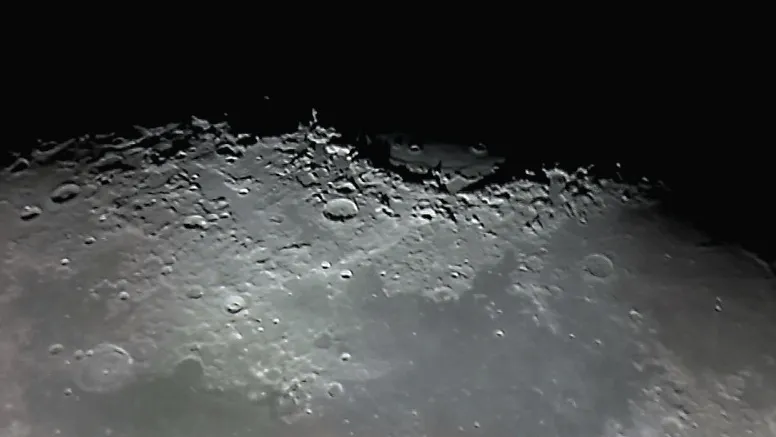
How does the Moon orbit Earth?
The Moon’s orbit is elliptical, meaning its distance from Earth changes slightly over time, which is what leads to the appearance of a so-called supermoon. When closest it speeds up slightly and slows down when more distant.
This small variation is enough to give us a chance to see a little more around the Moon’s eastern and western edges.
The Moon’s orbit is also slightly inclined and this causes it to sometimes appear above the Earth’s orbital plane and sometimes below.This gives us an opportunity to peek over the top, and under the bottom, of the Moon over time.
Taken together, this rocking and rolling action, known as libration, allows us to see a total of 59% of the Moon’s globe, sometimes revealing tantalising features normally hidden from view. More on this below.
The upshot of all this variation is that any view of the Moon is as exciting as those that have taken place before it.So the next time you get a clear night and the Moon’s up, don’t pass up the chance to take a look at this tantalising world.
What is lunar libration?
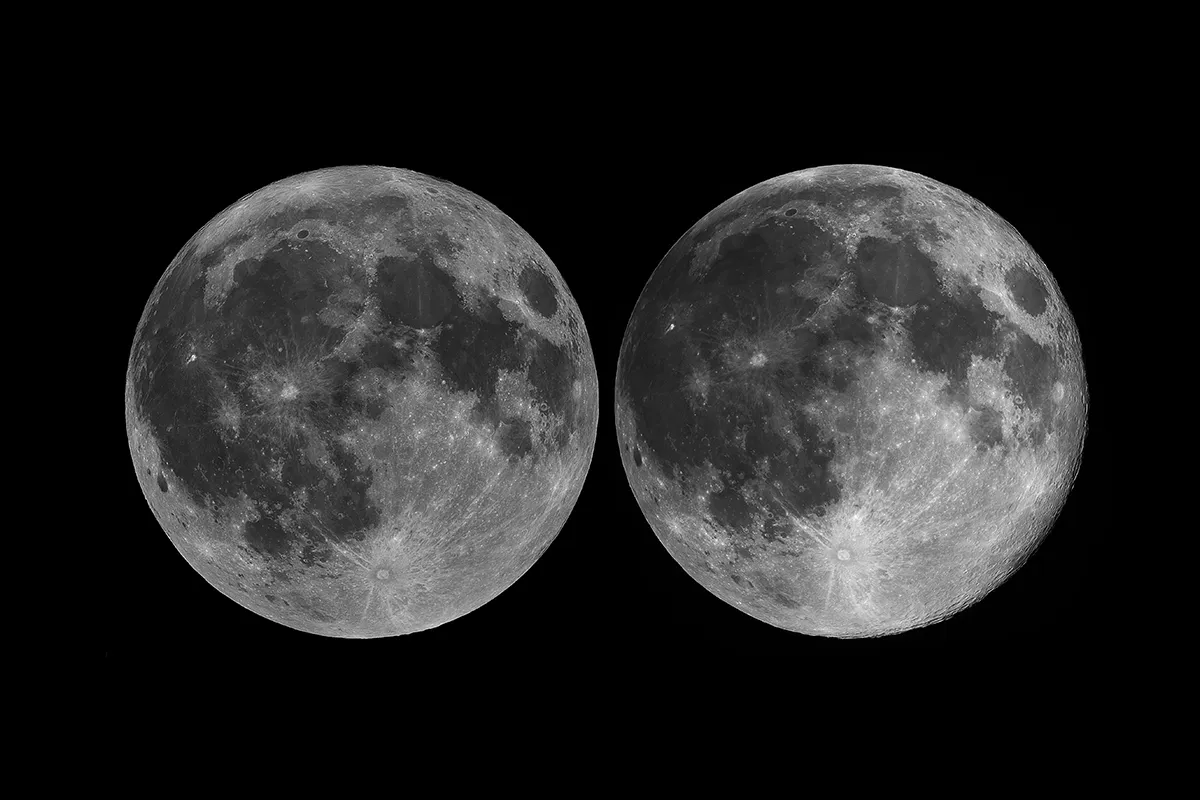
The Moon completes one orbit in exactly the same time that it takes to make one rotation on its axis.The result is that the Moon keeps the same face turned toward us all the time and we never see the far side of the Moon.
But though the rate of spin is constant, the orbital velocity is not: the Moon moves fastest when it is closest to the Earth.Therefore the amount of spin and the position in orbit become regularly ‘out of step’ and the Moon seems to rock slowly and slightly to and fro.
As a consequence, we can see a little way round one mean limb, then the other.This is known as lunar libration in longitude and allows us to examine 59% of the surface, though no more than 50% at one time.
10 Moon terms you need to know
Mare
Latin for ‘sea’, though the lunar maria were never water-filled – they are old lava plains. The Latin names, such as Mare Nectaris (Sea of Nectar), are used.
Terminator
Boundary between the sunlit and dark hemispheres of the Moon.
Rill (or Rille, or Cleft)
A crack-like feature, sometimes associated with a craterlet-chain.
Albedo
Reflecting power. On the Moon, the highest albedo feature is Aristarchus; the dark floor of the crater Grimaldi has the lowest albedo.
Antoniadi scale
A scale for seeing conditions, devised by the Greek astronomer EM Antoniadi. It runs from ‘one’ (perfect, which is hardly ever encountered) down to ‘five’ (so poor that observing will usually not be attempted).
Perigee
This is the point in the Moon’s orbit when it is closest to the Earth. This is 221,460 miles (356,405km).
Apogee
This is the point in the Moon’s orbit when it is furthest from the Earth. This is 252,700 miles (406,681km).
Sidereal Period
The time taken for the Moon to complete one orbit (27.321661 days).
Synodic Period (lunation)
This is the interval between successive new Moons, or successive full Moons (29 days, 12 hours, 44 minutes and 3 seconds).
Ray-craters
Craters which are the centres of systems of bright rays or streaks. The rays are not seen under low solar illumination and are surface deposits, overlying all other formations.
Transient Lunar Phenomena explained
Sir Patrick Moore explains what Transient Lunar Phenomena are:
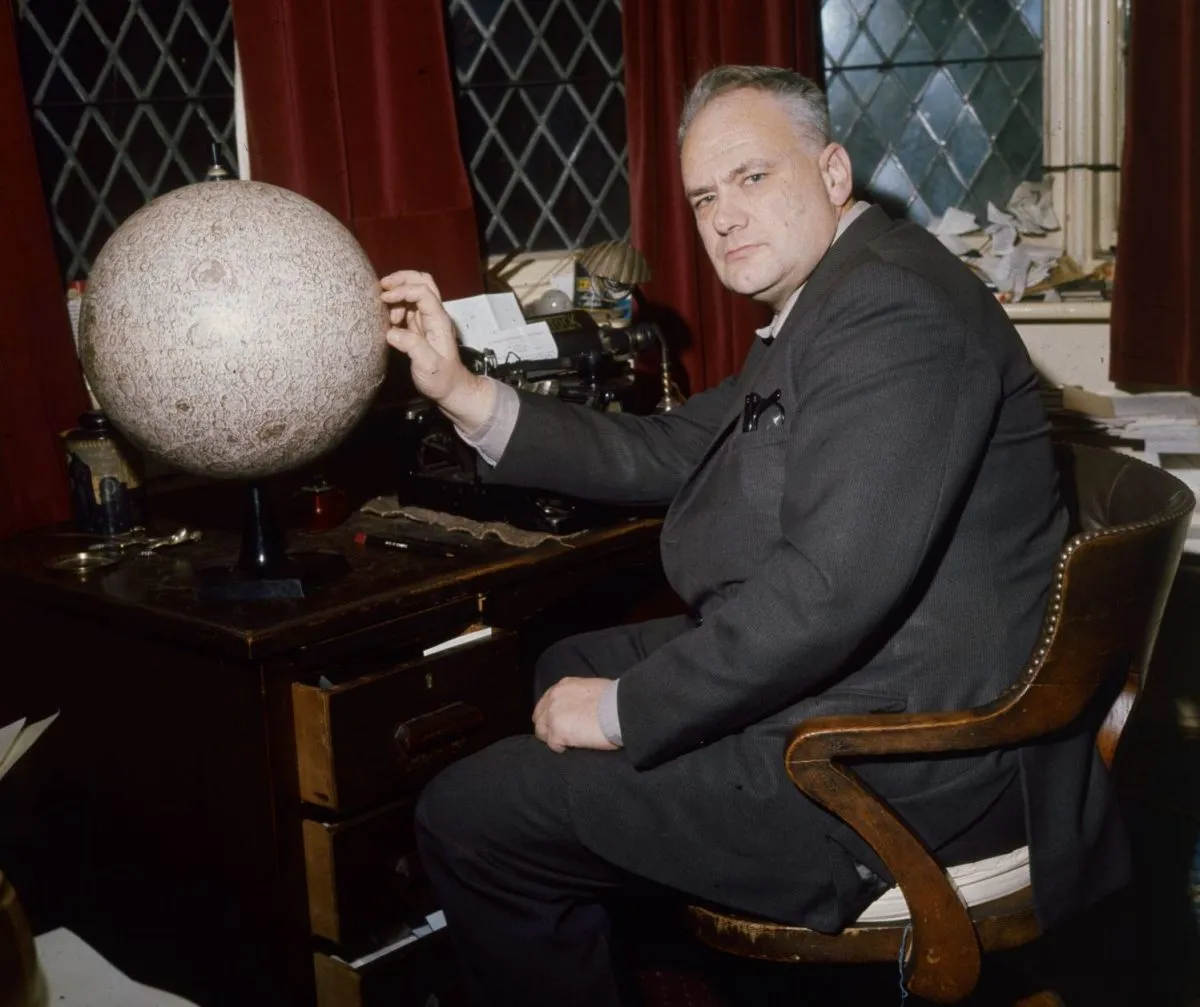
Dormant though it is, mild activity is not unknown on the lunar surface in the form of localised glows and obscurations. These events are known as Transient Lunar Phenomena (TLP) – a term for which I believe I was originally responsible.
I first saw a TLP as long ago as 1939, when I recorded an obscuration in the southern part of the Mare Crisium.
Until recently there was considerable official scepticism about them, mainly because so many of the reports came from amateur observers, but their reality is no longer in doubt.
TLPs seem to occur mainly in areas rich in rills and near the borders of the Circular Maria – the brilliant crater Aristarchus is particularly subject to them.
There have been some professional reports. For example on 3 November 1958, while using the 50-inch reflector at the Crimean Astrophysical Observatory, the Russian astronomer NA Kozyrev saw a red glow inside the crater Alphonsus and even obtained a spectrum.

On 30 April 1966 glows and streaks inside the crater Gassendi were seen by several observers, including myself (with a 12.5-inch reflector).
TLPs are not common, but several hundred were included in a catalogue published by NASA in 1968.
Final confirmation came in 1992 in an observation by the French planetary observer A Dollfus (Paris Observatory).
He wrote: “On 30 December 1992 glows have been recorded on the floor of crater Langrenus. They are apparently due to dust grain levitations above the lunar surface, under the effect of gas escaping from the soil. The Moon appears as a celestial body which is not totally dead.”

